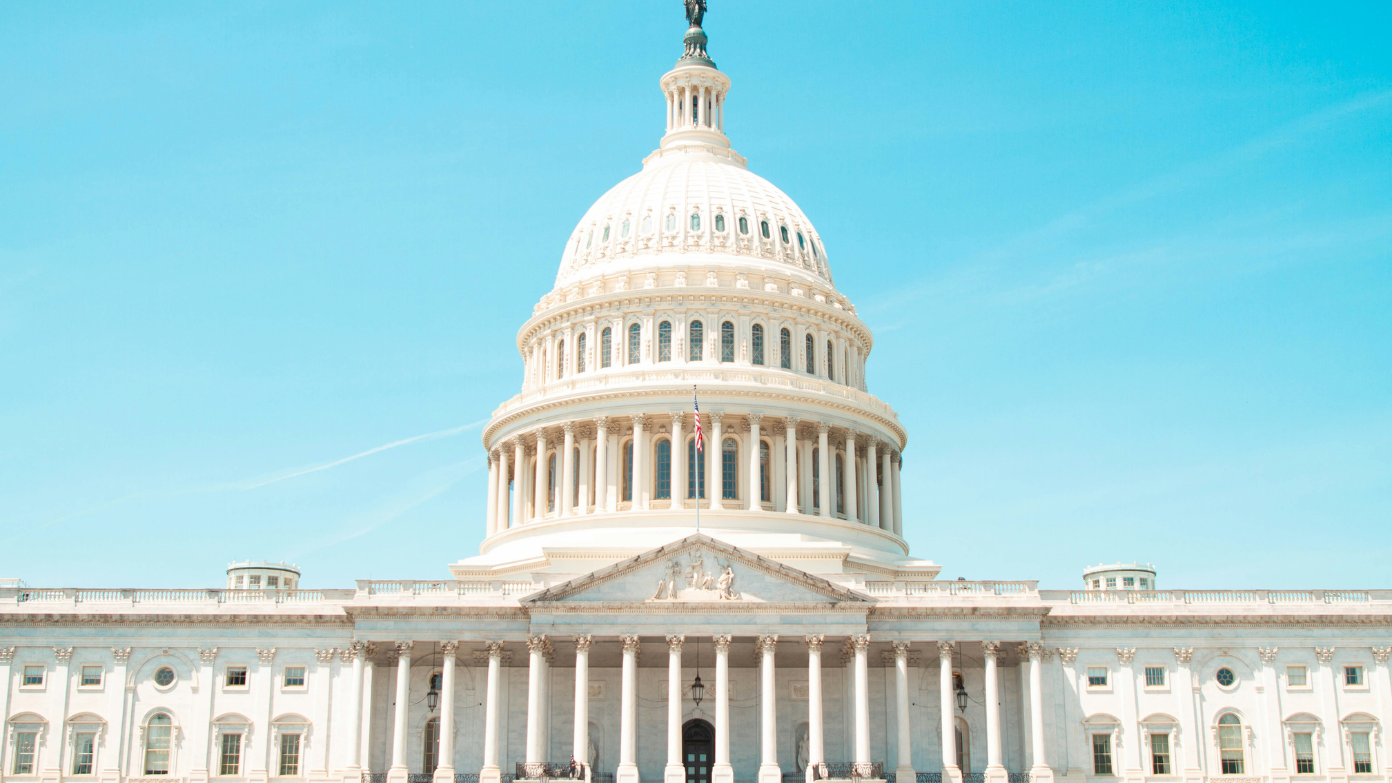The United States Agency for International Development (USAID) has been a cornerstone of American global engagement since 1961, administering civilian foreign aid and development programs in more than 100 countries. With an annual budget of over $50 billion, it represents more than half of all U.S. foreign assistance. But recent moves by former President Donald Trump and tech entrepreneur Elon Musk to deconstruct the agency have brought its operations under a microscope. Here’s a closer look at USAID’s functions amid this unparalleled political challenge.
Core functions and global impact
USAID’s mission focuses on socioeconomic development, disaster response, poverty reduction, and promoting U.S. strategic interests. Created by President John F. Kennedy via the Foreign Assistance Act, grouped together many of the aid programs under a single agency to make long-term development assistance more effective.
- Disaster relief and humanitarian aid: USAID’s Bureau for Humanitarian Assistance coordinates the U.S. international crisis responses, building on a legacy that includes post-World War II reconstruction through the Marshall Plan. The agency provides emergency food, medical supplies, and logistical support in response to conflicts and natural disasters. In 2023 alone, it obligated $8 billion to humanitarian programs addressing famine, refugee crises, and climate-related disasters.
- Poverty alleviation initiatives: The agency works to address chronic poverty using public health campaigns, education access programs, and agricultural development. Such works include HIV/AIDS prevention in Sub-Saharan Africa and Southeast Asia’s microloan programs for small businesses. USAID also works with other NGOs such as CARE and Save the Children to carry out the community-level anti-poverty strategies.
Technical cooperation on shared Global challenges
Through USAID, the US enables cross-border cooperation that addresses:
- Climate change mitigation through renewable energy projects
- Disease surveillance systems to prevent pandemics
- Anti-corruption initiatives strengthening judiciaries
- Water sanitation infrastructure in drought prone zones
These programs, frequently in collaboration with U.S. agencies such as the CDC and EPA, are often executed with specialized expertise.
Promoting U.S. strategic interests
Although development focused, 90% of USAID’s Economic Support Funds (ESF) have an explicit objective of supporting geopolitical priorities. The agency has:
- Financed democratization processes in former Soviet states
- Supported counterterrorism efforts in Afghanistan and Pakistan
- Provided assistance to strategic allies Egypt and Israel
- Required 80% of procurement contracts to use U.S. vendors
This double mandate has been criticized by some development professionals as undermining humanitarian goals.
Socio economic development models
USAID’s hallmark is resident country missions that design programs according to local priorities. Illustrative recent examples include:
- Ukraine: $1.7 billion in 2024 to repair energy grids and address anti-corruption reforms
- Haiti: Community violence reduction programs with training for 5,000 youth in 2023
- Indonesia: Digital literacy programs for 12 million rural residents
The agency focuses on capacity building through partnership with universities, offering over 15,000 scholarships yearly for U.S. graduate programs.
The Trump-Musk controversy
In January of 2025, President Trump instituted a near-total freeze on foreign aid, subsequently allowing limited waivers for humanitarian work. On February 3rd, Musk tweeted via X Spaces that Trump agreed to shut down USAID for good, saying “we spent the weekend feeding USAID into the wood chipper”. Key developments include:
| Action | Impact |
| Closure of DC headquarters | 3,500 staff ordered to work remotely |
| DOGE operatives accessing classified files | Two security chiefs placed on leave |
| $22 billion aid freeze | Impacts ongoing projects in 30+ countries |
Legal scholars note that dismantling USAID would require an act of Congress because it has a statutory basis via the Foreign Assistance Act. But the administration can avoid that requirement through functional transfers to the State Department – a process already under way via personnel reassignments.
Closure implications
Terminating USAID would:
- Cut off vaccine distribution to 50 million people per year
- Halt $3 billion in current climate adaptation projects
- End U.S. oversight of 400+ NGO partnerships
- Remove an invaluable diplomatic soft power tool
As Musk’s DOGE team starts to audit the agency, a bipartisan letter signed by 72 lawmakers warns that defunding USAID would “cede global leadership to China”. With missions in conflict zones like Sudan and Myanmar, dissolving the agency could create security vacuums affecting U.S. interests abroad.
Read more: What does the Laken Riley act, Trump’s first legislation, do? Who was Laken Riley?
Read more: These are the grants and loans frozen by the Trump administration – Here’s how the new measure affects organizations and U.S. citizens
